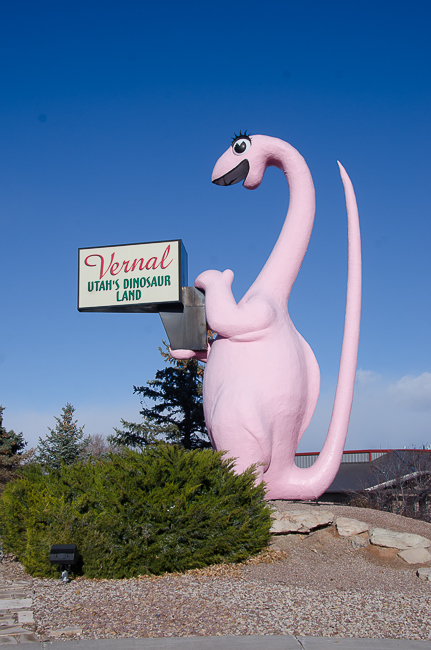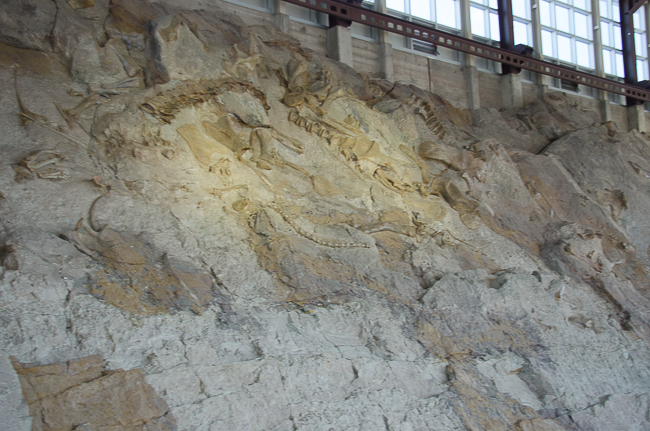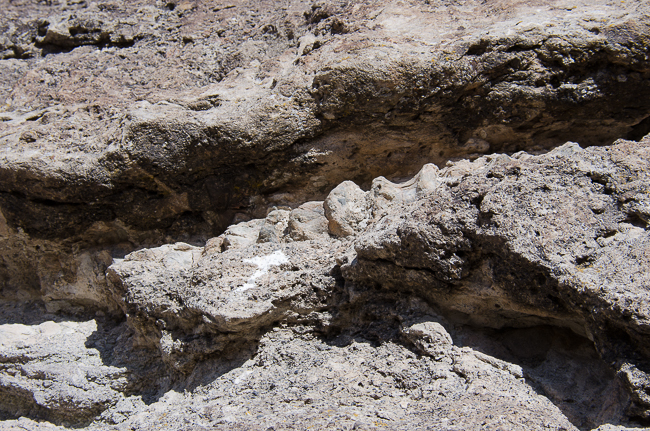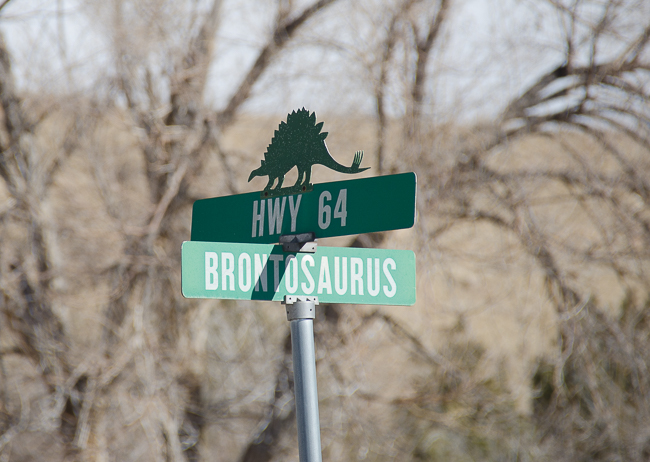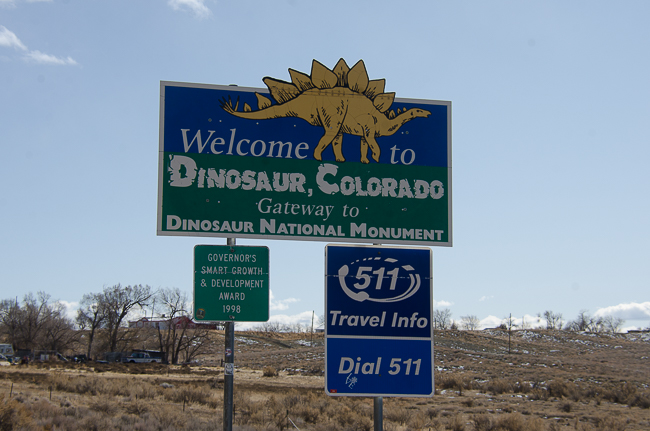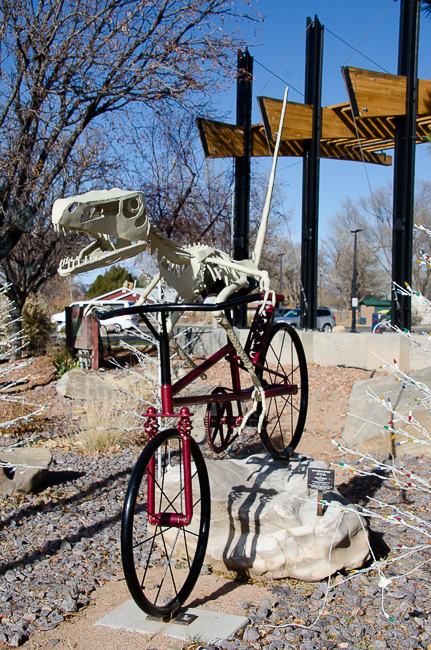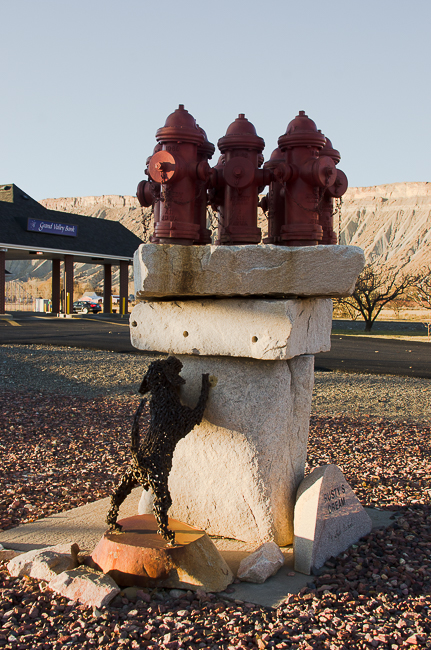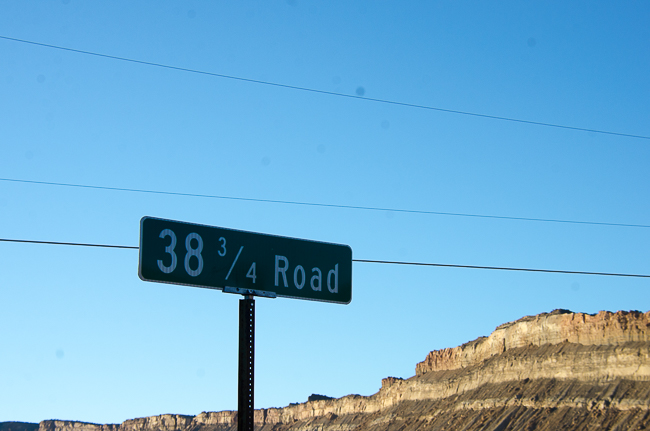November 14, 2020 – Day 4
Today was spent searching dinosaurs and geology. We began at Dinosaur National Monument.
The park contains over 800 paleontological sites and has fossils of dinosaurs including Allosaurus, Deinonychus, Abydosaurus, and various sauropods. As the ranger so poetically put it, when the University Paleontology departments come to dig, it is like hitting the grocery store. There are three aisles of oceanic fossils and 8 aisles with dinosaur bones, what is your pleasure today?
Many of the perfect, intact bones went to the Carnegie Museum of Natural History, as it was Earl Douglass, a paleontologist working and collecting for the Museum that discovered the site in 1909.
Visitors can see the bones at the Quarry. There is a covering over a large excavation where you learn all about the area and you can even touch the bones.
This amazing collection of bones is due to a drought. The dinosaurs came looking for water and died by the dry river beds. Once the rains came the dinosaurs and other ancient animals were carried by the river system which eventually entombed their remains in Utah. Then an upthrust of earth sent them to the surface.
Douglass wanted this area to be preserved, he wrote to the head of the Smithsonian at this time saying “I hope that the Government, for the benefit of science and the people, will uncover a large area, leave the bones and skeletons in relief and house them. It would make one of the most astounding and instructive sights imaginable.”
And he got his wish, the area around the quarry was declared a national monument on October 4, 1915.
A two hour plus drive, part of which was on Stegosurus Highway put us into Colorado over the Douglass Pass at 8,205 feet and snow on the road when we were in the shadows.
Our next stop was the Colorado National Monument. There are many ways to enjoy the park, but a drive through the park on Rim Rock road is an easy way to take in most of the beauty. While absolutely stunning it is the geology that makes it so. The park has three different groups of rock and sediment. The oldest rocks are Early to Middle Proterozoic gneiss and schist, including the Ute Canyon Stock. Overlying these are mostly horizontally bedded Mesozoic sedimentary rocks, including the cliff-forming Wingate Sandstone. Overlying these are various types of Quaternary unconsolidated deposits such as alluvium, colluvium, and dunes. If that sounds too technical so be it, but just know it is gorgeous.
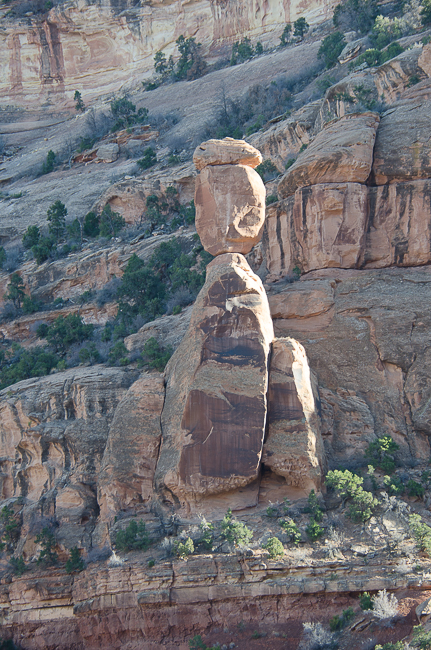
Balanced Rock is a 600-ton boulder that has been perched on a pedestal while most of the rock that once surrounded it has weathered away.
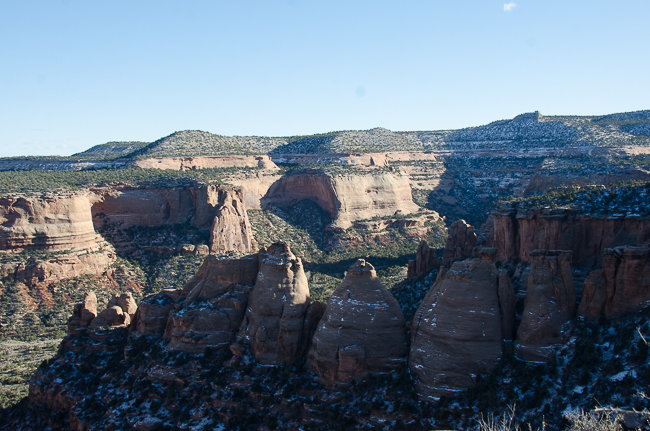
The Coke Ovens are named because of their similar appearance to conical-shaped coke ovens built to convert wood into charcoal. These huge domes are made of Wingate Sandstone and are the remains of earlier monoliths that lost their protective Kayneta caprock.
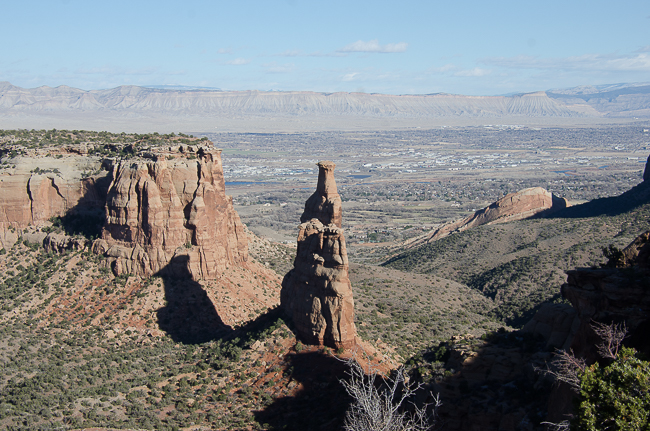
This is Independence Monument and it is all that remains of what was once a continuous ridge. The relentless erosion of the massive Wingate Sandstone has left this 450-foot high monolith with its protective sandstone caprock of Kayenta Formation. On the 4th of July local climbers go to the top and plant an American flag. This has been a tradition since John Otto first began exploring and creating trails through the area.
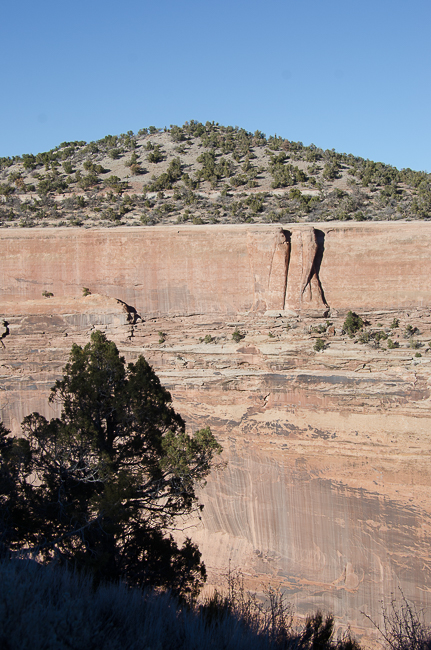
In the Windgate Sandstone cliff-face, there are arches and windows in the area that are formed when cracks cause blocks to fall out.
Some fun shots from the day
